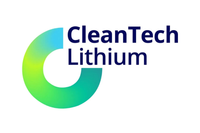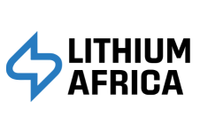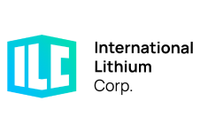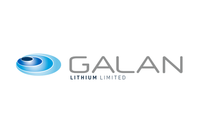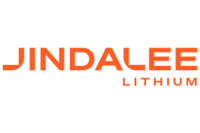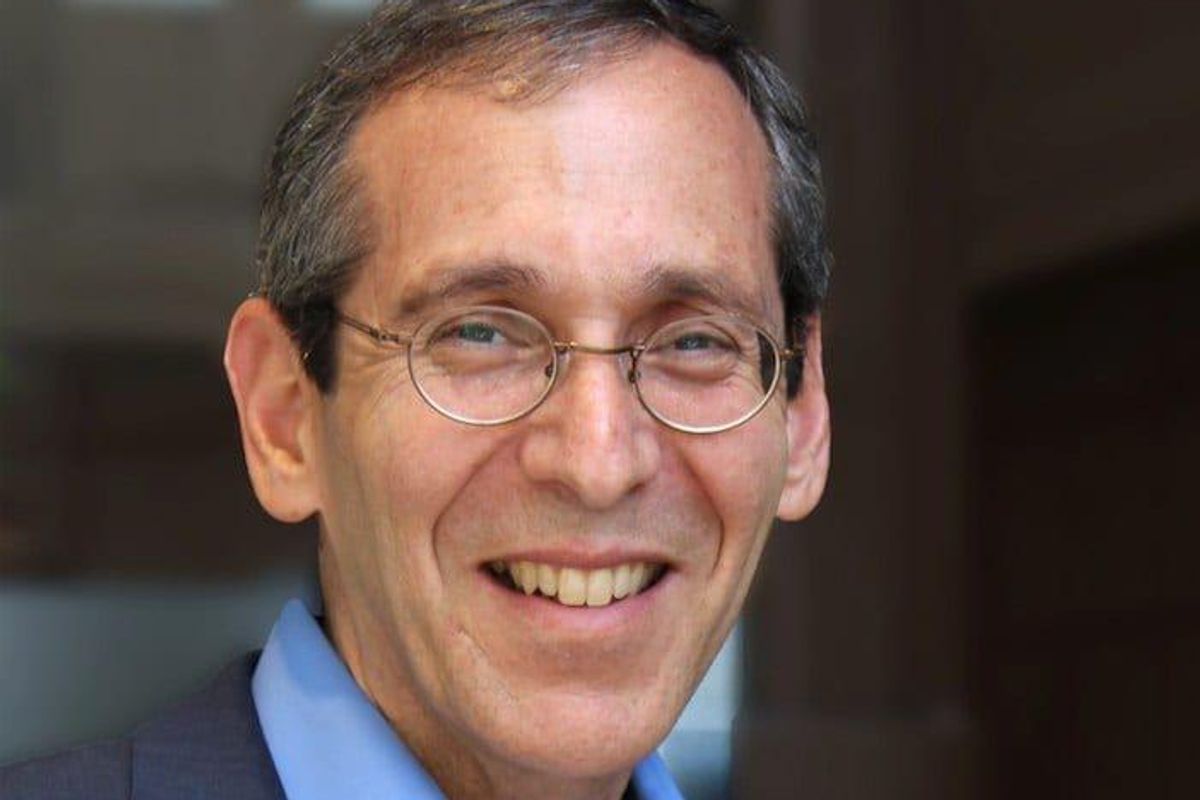
The Lithium Spot interviews author Brian Blum, who recently published a book on an EV company that went from boom to bust in a few short years.
The Lithium Spot presents an interview with Brian Blum, Business and technology journalist, who recently came out with a fantastic book on an Electric Car company (Better Place) which “raised nearly a billion dollars” (from 2007-2008) on high expectations. Yet, within just a few years of that (around 2013) the company went bust. The book, TOTALED: The Billion-Dollar Crash of the Startup that Took on Big Auto, Big Oil, and the World, offers many insights into the Electric Car industry and battery technology. We are excited to share Brian’s insights into the current state of the battery industry and the takeaways from Better Place’s past mistakes as it relates to the future of Electric Vehicles.
The Lithium Spot: Hundreds of thousands predicted that when Better Place launched that Electric Cars would take off. Better Place then failed miserably. What’s different now versus then that you see with regards to electric cars?
Brian: Better Place was both before and behind the times. “Before” in that the company was trying to address consumer concerns about “range anxiety” – that’s the fear that your electric car battery will run out of juice before you make it to a charge spot – by using the technology available when Better Place started in 2007.
Shai Agassi, the company’s CEO, made that clear in his 2009 TED Talk: “There’s no time for a science fair,” he said. But since battery technology really wasn’t good enough in 2007, Better Place built a convoluted system of battery switch stations which customers chose, by voting with their pocketbooks, not to endorse.
At the same time, Better Place was “behind” the times, in that the whole concept of swapping out a spent battery for a fresh one was akin to building a giant “puncture shop,” essentially patching over the problem (range) rather than solving the key issue (technology limitations). “It’s a solution that belongs in the nineteenth century,” Shmuel Harlap, chairman of Israel’s Mercedes importer, once said disdainfully.
Electric cars today at least have a longer range. That hasn’t been achieved through some huge improvement in battery technology, though. Rather, modern EVs simply have more physical battery in the car. Better Place had a single battery in the rear of the car. Today’s Teslas have three times that amount of batteries under the car. As a result, a Tesla has a range three times that of the Renault Fluence Z.E.
But, as we’ll discuss in a moment, I don’t think even that will be enough to push today’s EVs beyond being a niche for the immediate future.
TLS: What are the greatest challenges to the overall electric car industry that investors should have in mind when looking at the current boom?
Brian: There’s no question that mass adoption of electric cars is coming. Better Place identified early on that electrification of transportation is the only way to move the needle quickly when it comes to reducing worldwide carbon emissions. But the boom is deceptive. The current generation of battery technology still doesn’t deliver what customers want: significant range and refills as fast as a gasoline powered car. Until that’s possible, sales of electric cars will steadily increase, but they won’t tip. That requires a change in technology that’s coming, but not quite there yet.
TLS: You had mentioned to our team that there are certain challenges regarding Tesla’s batteries, can you please elaborate on what you meant?
Brian: Tesla’s battery range and time to recharge are no different than any other EV company – including the now-defunct Better Place. The EV industry rationalizes that consumers will accept a little inconvenience for the good of the planet (or their pocketbook), but as Better Place demonstrated through its “country-wide case study” in Israel, consumers aren’t willing to wait 45 minutes until their battery is recharged on a long road trip. And that’s with today’s superchargers. With Better Place, a full charge took 6-7 hours!
While it’s true that 90 percent of the time, one charges at home, it’s a psychological hurdle that is very difficult to surmount. My colleague, Forbes columnist Mike Lynch compared it to a classic comedy bit by Morey Amsterdam, who played Buddy the scriptwriter on the original Dick Van Dyke Show in the 1960s. Amsterdam is describing to party guests his experience trying to buy a new suit.
“A fellow goes in to buy a suit. And the jacket is hanging down like this.” Buddy twists his body to show an ill-fitting suit jacket. The man complains to the tailor who replies, “Just pull the jacket up like this, hold your chin over the lapel like this and it’s gorgeous.”
So the man goes for a walk and runs into a friend who points out that the suit is flaring out on the side. The man goes back to the tailor who says, don’t worry, “You take the jacket like this, hold your hand across your stomach, gorgeous.”
The man leaves again and runs into another friend who now points out that the pants are too long. Back to the tailor. “What are you worried about the pants? You hold them like this.”
By now Buddy is twisted up like a pretzel, one hand on his stomach, another holding up his pants and his neck cocked like he’s playing the violin. Finally, back on the street again, two doctors walk by. One turns to the other and says, “I don’t know what’s wrong with that guy, but don’t the suit fit nice.”
TLS: In your opinion, are there any threats to the Lithium Ion Battery? For example, do you foresee any other type of battery disrupting this market in the near future?
Brian: Shai Agassi liked to claim that batteries followed Moore’s Law and would increase performance and decrease in price according to a curve similar to what we’ve seen with semiconductors. But as Dr. Fred Schlachter points out in my book, “There is no Moore’s Law for batteries.”
Electrons on chips don’t take up the kind of physical space required by lithium ion in batteries, he points out. And, since electric car adoption requires significantly improved battery range and performance, lithium ion batteries need either a breakthrough – or they may need to be replaced entirely.
Fortunately, there are a number of promising companies working on this. Israel’s StoreDot is touting a five-minute recharge (NOTE: TheLithiumSpot featured this company on their Twitter Page). It recently raised $60 million from German car conglomerate Daimler.
The former head honcho of Sun Microsystems Bill Joy has identified a battery technology from a startup called Ionic Materials that replaces liquid lithium ion with a plastic polymer that Joy says not only increases longevity but reduces the danger of a battery catching on fire
A key business question then arises: What happens if battery technology from StoreDot or Ionic or another company truly proves it can deliver what consumers want – but the industry (I’m thinking about Tesla in particular with its Gigafactory) is fixed on existing lithium ion battery technology? Can Tesla pivot? Or will we see a replay of the Betamax-VHS wars of the 1970s and 1980s where the best technology is not necessarily the winner?
TLS: Within the last few weeks, Renault-Nissan announced that they were back at it again on the electric car front (they had previously teamed up with Better Place). Do you think some or many of the latest electric car forays could fail again?
Brian: Renault never gave up its electric car dreams. The Fluence Z.E. was just the start. Always an awkward vehicle – it was based on the design of the nearly identical gasoline-powered Fluence but with a battery where the gas tank should have been – Renault followed up with the Zoe, a much snazzier, properly conceptualized all-electric vehicle which has proved more popular for the company. And of course, Renault-Nissan’s Leaf remains the best-selling EV on the market.
Renault has been an EV believer from early on. When the company teamed with Better Place in 2008, Renault Chairman Carlos Ghosn explained why his company had no hybrids in the pipeline. (It still doesn’t.)
“Hybrids are like a mermaid,” he said. “When you want a fish you get a girl, and when you want a girl you get a fish.” I would expect Renault to continue to innovate with both electric cars and autonomous driving.
As for other EV companies – well, it’s the same story as everywhere in high-tech. Most startups fail but pave the way for the eventual successes. So I’m sure that the current EV landscape will not be the same in another 10 or 20 years.
TLS: What’s the single biggest challenge to electric car adoption worldwide and why?
Brian: The perceived inconvenience of electric vehicles will plague the industry until one of two things happen: 1) Electric car batteries can reach a minimum of 1,000 kilometers on a charge or 2) Electric car batteries can be recharged as quickly and ubiquitously as a gasoline-powered car. That means, for example in Tesla’s case, super-superchargers at every gas station.
What about PHEVs – plug in hybrid electric vehicles? Could these be a “gateway” to fully electric vehicles? Perhaps. But they are unnecessarily complex (requiring both an electric and gas-powered engine), expensive and, moreover, they’re more a traditional car with great gas mileage more than a fully electric alternative. Most get under 20 miles of electric power before the gas engine must kick in. The newest Chevy Volt looks promising, if it really can get up to 80 electric miles as GM claims.
Still, if PHEVs can get consumers in the habit of plugging in, that could be a positive development – a means if not the end in itself.
TLS: Do you see consumers viewing traditional automakers unfavorably compared to the Teslas and other tech companies (such as Google and Apple) that are getting into the space when it comes to EVs and autonomous vehicles?
Brian: For autonomous vehicles, yes. I’d trust Google or Apple over GM to master the technology to make self-driving safe.
For EVs, no. There have been enough success stories with electric cars, from Nissan, GM, BMW and others, for consumers to push past this concern. Tesla is in many ways the perfect marriage between high tech smarts and more traditional manufacturing. Plus the buzz is undeniable. But once Detroit fully adopts EVs and self-driving cars, Tesla could find itself left in the dust – a solid, premium brand, but not the mass market leader.
TLS: If you had one final message to relay to investors in the Lithium Ion Battery industry, what would it be?
Brian: I’d recommend adopting an approach of radical flexibility as technological changes become available. The current technology will not convert the majority of consumers to electric. Does that mean lithium-ion is doomed? No. But whoever can push the boundaries on what the tech can do today to what the industry needs tomorrow will find itself driving into the winner’s circle.
By Shrey Patel and Jonah Raskas of The Lithium Spot
About the authors — Jonah’s passion for the Lithium space is fueled around Market Research, valuation and of course, making some smart investments! His passion for Market Research started out early on his career when he worked in the White House’s SpeechWriting office. There, Jonah was tasked with researching for the President’s and Vice President’s speeches on a diverse set of topics ranging from Defense to Agriculture to Policy Announcements. Following that, Jonah’s career took a turn to Wall Street where he worked for two separate investments banks. It was there that he worked on the capital markets desk getting an up close sense of valuation and the market. He worked on many different offerings ranging from IPO’s to Secondary offerings as well as in depth analysis on a wide range of companies. Most recently, Jonah’s core strength of market research has helped him earn widespread praise from a variety of consulting and MBA internship opportunities. Having just completed his MBA at the Gabelli School of Business (summa cum laude) in Marketing & Accounting, Market Research is again at a focal point for his job in Brand Management for a Fortune 500 company.
Shrey’s interest in Lithium began when he was asked to cover the space during his time on the specialty chemicals team at GAMCO Investors. Interning for a well-respected analyst, and a famed value investor, he learned a tremendous amount while researching and writing an in-depth industry report on the rapidly emerging Lithium sector, and covering Albemarle Corporation. With an undergraduate background in Biomedical Engineering and Economics from UNC (University of National Champions!), and an MBA in Finance and Accounting from the Gabelli School of Business, Shrey approaches the industry from both a technical as well as a business perspective. This background also affords him the ability to get into the nitty-gritty fundamentals while maintaining a perspective on the broader, global interconnections of the industry and economy. Through his time on both the buy and the sell-sides, as well as his experience managing capital raised from friends and family, Shrey brings tremendous research and investing insight to the table.
